Few plants can boast as many niche filling functions as Comfrey; which is why I have well over a hundred around the farm and in my food forest (so far).
Less than half of those were purchased or dug up from elsewhere though, thanks to its amazing ability to propagate.
I have Symphytum officionale –the pure species propagated from seed. But the majority of my Symphytum legion are the sterile bocking varieties (a cross between S. officionale and uplandicum). No seeds.
Then there’s the normal method of propagation, dividing the roots. I often get a whole ten plants from one when doing this –the original of course coming back without any attendance. I’ve only done this with two plants though.
My favorite way to propagate Comfrey is to pick a bouquet of the flowering stalks in late spring, stick them in a vase, and let them sit until they grow roots.
I much prefer this method because the only loss in mulch production and time is the loss of a few flowering stems; whereas you have to wait most of the growing season for seed to ripen; and while waiting for the seed the plant can’t be cut.
Digging disturbs the soil and puts the parent plant out of production until it resurfaces. Although I have to admit that isn’t long. Overall it just takes less effort to throw a few choice stems into a jar and let them grow roots.
With roots grown, I transplant into pots, and wait for the pots to fill before transplanting out to the system.
In the jar, usually there is a fifty percent success rate for root growth. I have had further losses after potting up, but usually it is one hundred percent success once potted.
Just to illustrate how easy cuttings can root, I have had success just removing the developing flowers from a stem, sticking the stem directly under some fresh mulch, watering, and leaving. Mind, this was in the willow garden, so it was a good situation to begin with. Even compared to the other Comfreys in the willow garden, the resulting plant has been one of my best.
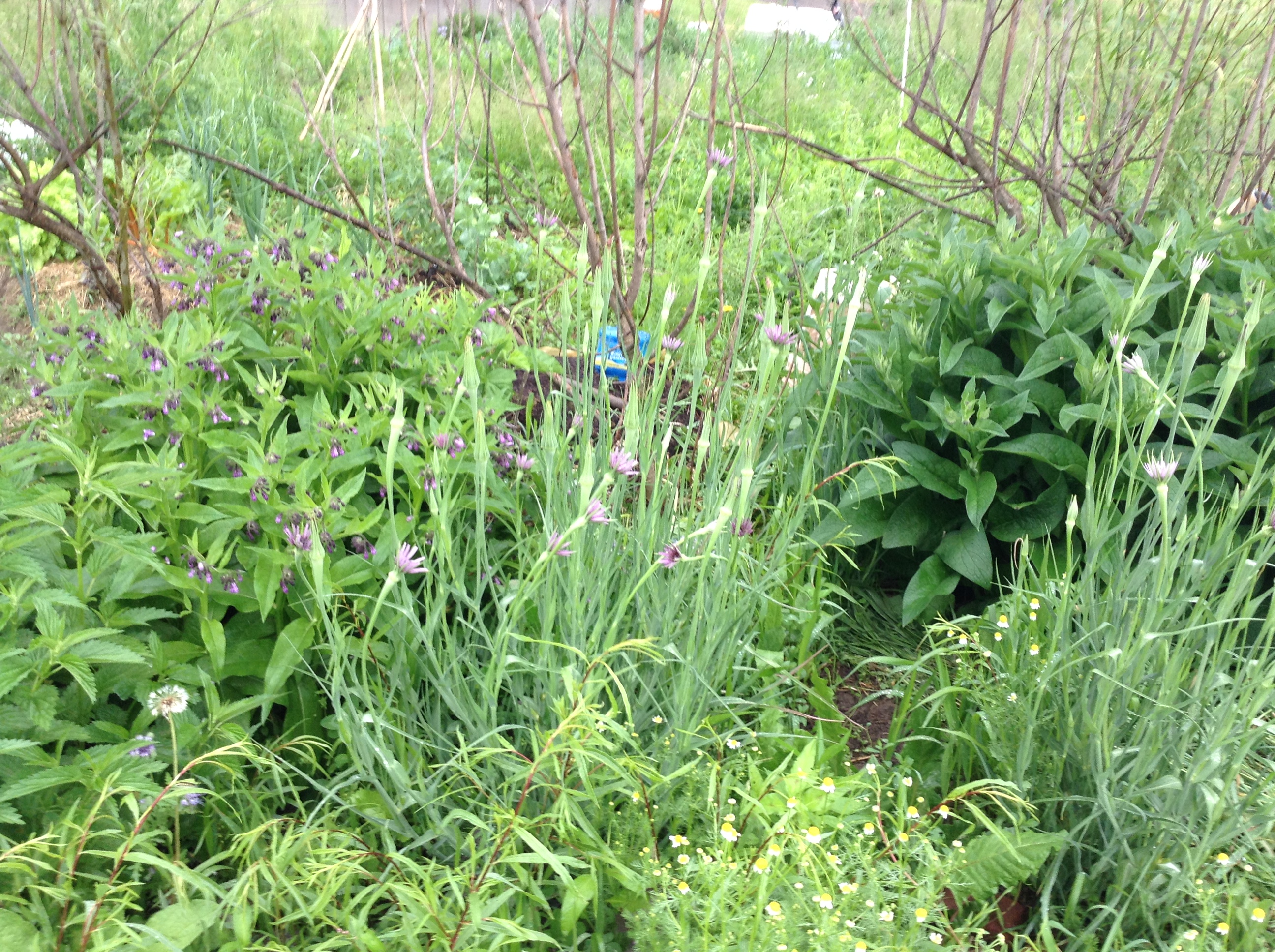
It’s just another plus of Comfrey that besides all its uses, it’s easily gotten.

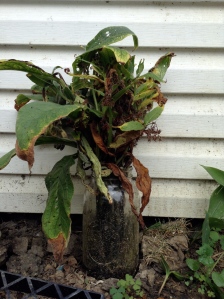
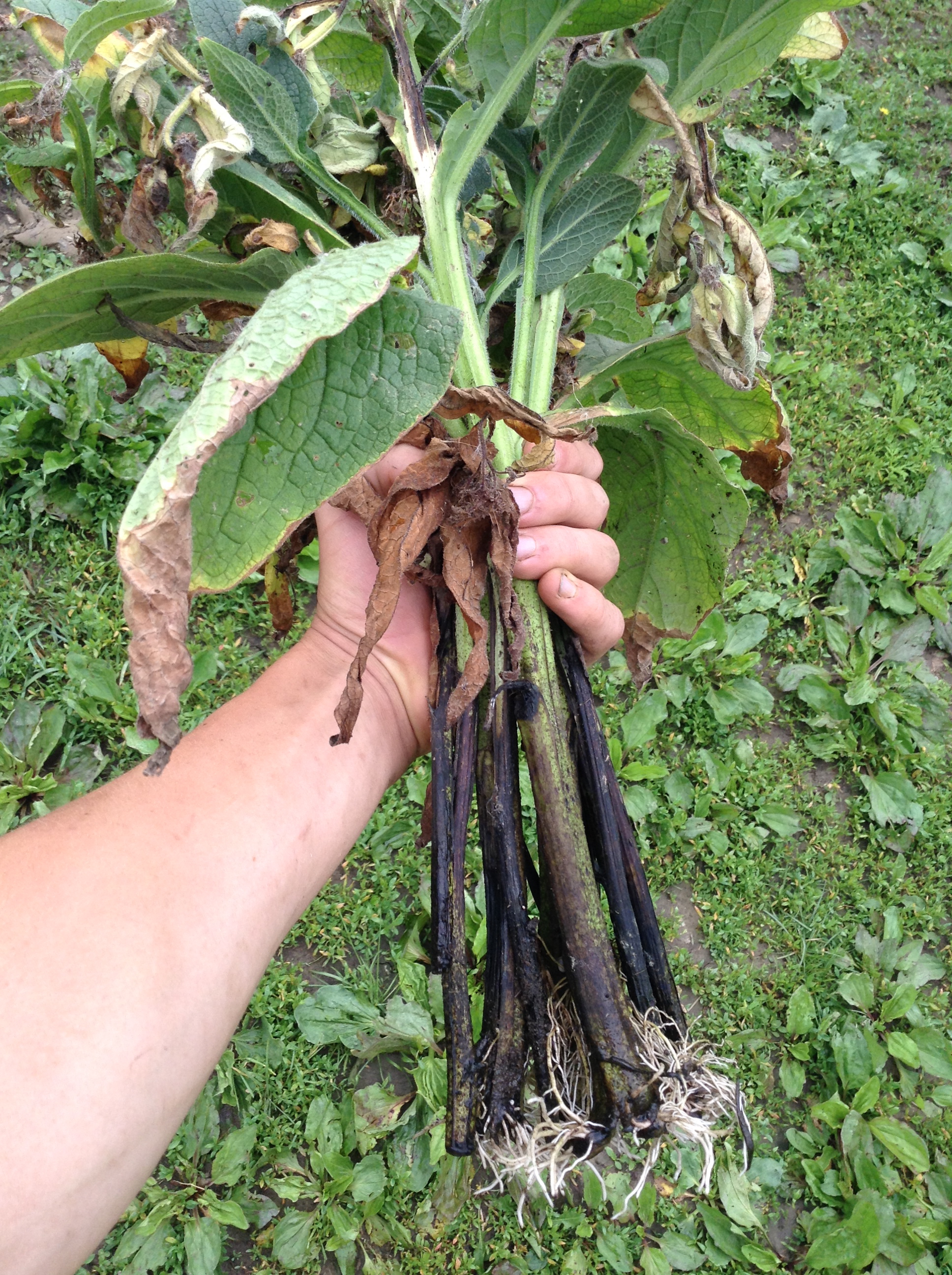
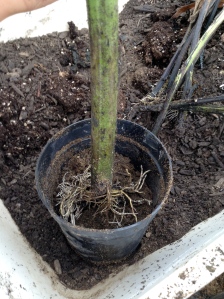

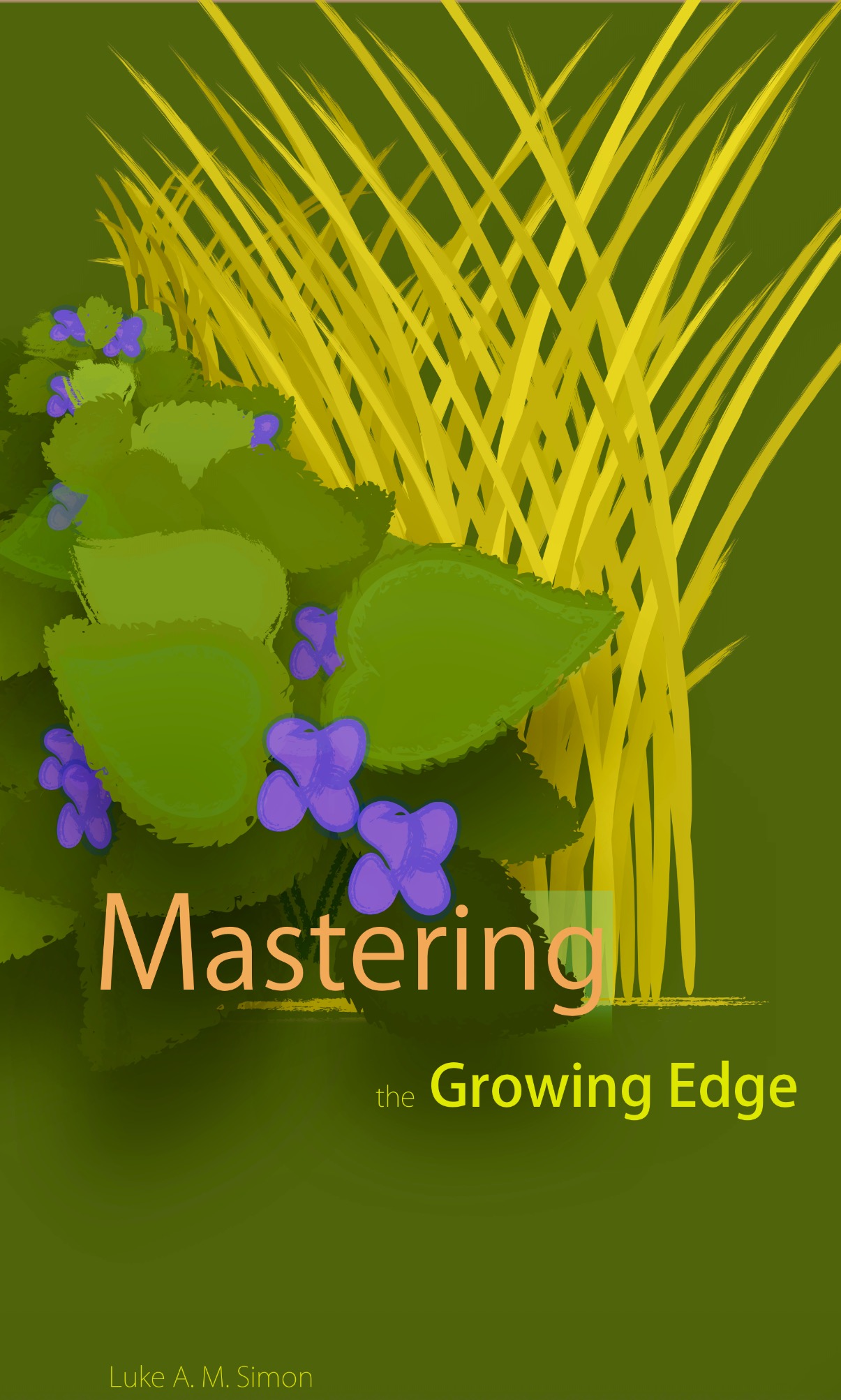

Great! I think it is always worth seeing if a plant will propagate this way, I know I used to grow fuschias like this years ago when I wanted more for flowers. I first found out from some I left on the windowsill in the kitchen but had almost forgotten…….
LikeLike
Yes, this method can be used for a lot of other plants, including fuchsia. Last year I just had a community rooting jar I threw everything in I wanted to root. For instance, I nipped a start of my Siberian peashrub while mowing with my scythe, threw it into the jar and in a month or two it rooted and I planted the potted specimen out into the food forest just the other day leafing out for spring! Mints also root well this way, as I’m sure you would guess.
LikeLike
Is there water in the jar? Doesn’t look like it.
LikeLike
Apologies for not replying more promptly. The water levels had gotten fairly low at the time of the picture. But I had filled it about half way when I began the rooting.
LikeLike
No worries, thanks for your response! It actually came at just the right time. I’ll give your method a try today. Also you inspired me to plant Amorpha last year and they are flowering now! I’m rereading your posts for care and propagation.
LikeLiked by 1 person
Fantastic!
LikeLike
I posted about the sunchokes article. I’ve heard amazing things about comfrey and though there is some fear about drinking/eating it; this seems to be a case similar to kale (aka don’t overdo it and completely avoid supplements where the PAs are concentrated) but I’m using it to feed my plants. I just want to be sure but is doing this with sunchokes as simple as breaking off a stem and putting it in water? I mean the stem size doesn’t need precise measure
LikeLike
Yes, it should be very similar, accept the later, tougher stems may not root as readily as the younger stems. I would say when the plants are around 3-4 month prior to bloom would be the ideal time to snap them off and put in water to get roots in 1-3 months. Perhaps remove some leaves to make sure there is a good stem to leaf balance and it stays perky/hydrated. Otherwise, following the steps here should work very well.
LikeLike